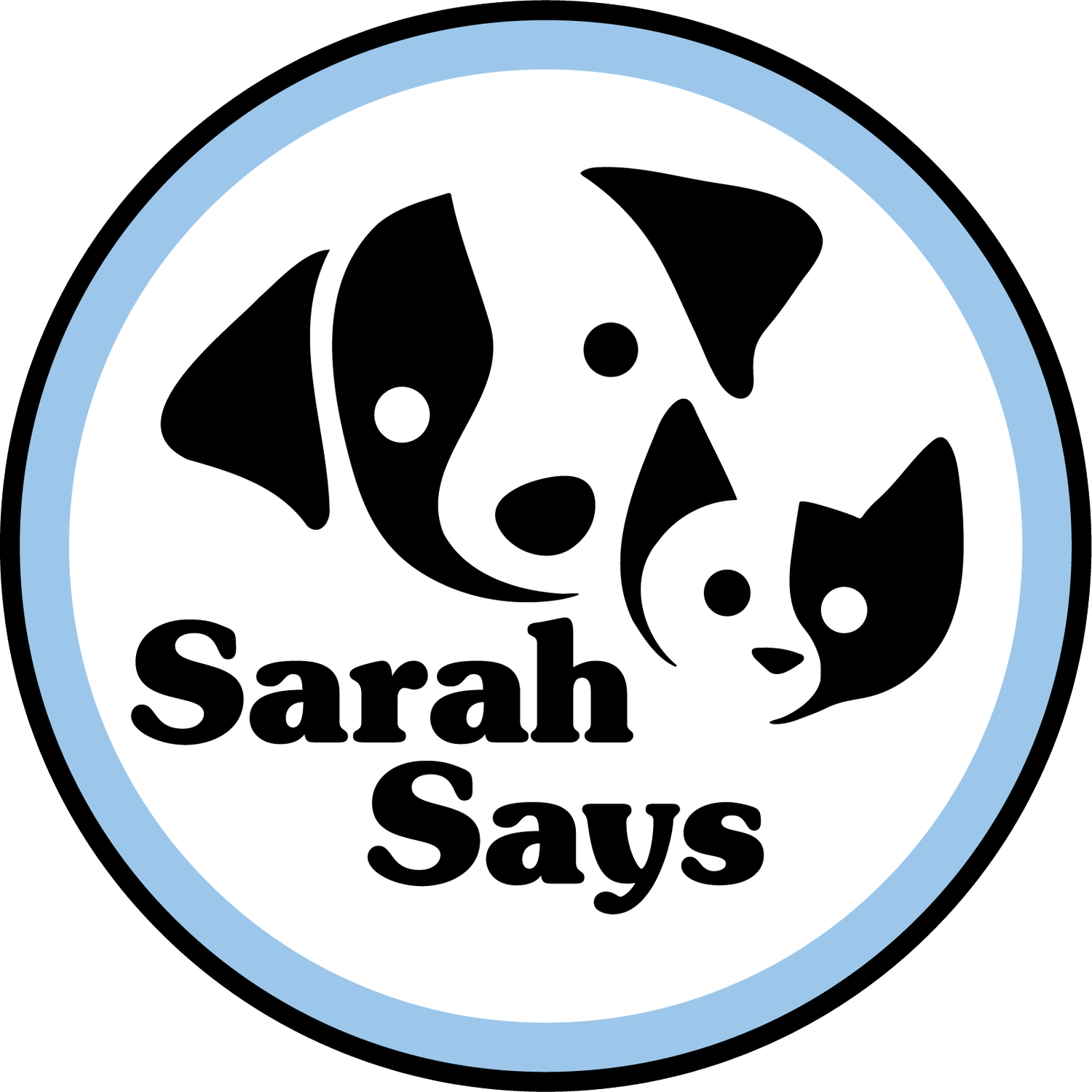5 Life Hacks For New Puppy or Dog Parents
If you're one of the lucky ones, and you got a puppy or dog during this past holiday season, you might be wondering where to start! Here are 5 life hacks for people with new dogs or puppies.
1. Sticking to a Schedule
Make a Schedule and encourage everyone to keep to it! Puppies and dogs have five basic needs: eat, drink, play, potty, and sleep. Create timelines around these everyday routines for everyone who loves the pup to get involved! Print out my Free Puppy and New Dog Schedule and corresponding Needs Chart to share systems that will fit into everyone's day. Finally, teach your new dog or puppy one of my principle mantras: "All Good Things Come to You When You're on your Mat!" Put a mat down and direct your puppy to "Go to Your Place" before giving them anything, then enjoy: treat, toys, food, pats, and affection. Having a place-trained dog or puppy ensures good manners at home and beyond. I have videos on my Youtube and TikTok channels as well.
2. Teaching Them Where to Go and What to Do.
With new dogs and pups, be the one to watch! They want to figure stuff out—to know where to go and what to do to get rewards and attention—so show and tell them as you avoid talking at them like a child. This is where people and pets differ: people stare, smile, and engage face-to-face; other animals view this as a confrontation or an invitation to play rough. Another one of our mottos at Sarah Says Pets is: say and show, don't say and stare. For example, when teaching the puppy where to potty, say "Outside" or "Papers" as you guide them to their potty area. When you ask them to sit, lure them with a treat and say the word as they do it versus saying "Sit, Sit, Sit!" a bunch of times to everyone's confusion.
Another tip is to remember that when greeting or talking to dogs, you should face in the same direction, with your noses and toes pointing the same way. Give this a try, especially when approaching your dog or puppy to put on a leash, train, or pick them up. Keep your hands where they can see them, pair hands with giving and not grabbing, and you'll be off to a great start!
3. Recognizing Their Signals.
It would be so much easier if dogs could TALK. Then they could effortlessly tell us when they're feeling overtired, overstimulated, or overwhelmed. Of course, dogs, like kids, can't act well if they don't feel well: envision a toddler having a meltdown; now imagine that toddler with teeth!
Instead, learn your dog's language—yes, they're constantly communicating; they use their postures and intricate flickers of tail, tongue, and ears to say stuff. Print out and share this Doglish Download: so everyone can interpret what your dog is saying.
Another technique is required to handle a dog or puppy clearly out of sorts. Dogs, like children, need to be removed from overwhelming situations rather than being corrected in the moment. You can also calm a dog down with a self-soothing toy, such as a bone or licky mat.
4. Walking Backwards
Here's a fun little fact: dogs only run straight at each other when provoking a fight. As I tell everyone, never walk straight into a dog, especially those you don't know. Dogs feel most at ease when we walk towards them sideways or back-facing.
Bonus: As a general rule of thumb, Never walk towards a dog you don't know, and avoid dramatizing any greetings.
The fastest way to ensure a positive association with your presence is to present yourself as an animated treat dispenser. When possible, carry a treat cup and use it when calling or approaching your puppy--sideways or back-facing!
Many of my new clients schedule time with me because they're having trouble approaching their dog to put on a leash or harness when it's time to go for a walk; here's a video to help with that.
5. Staying on the Park Bench while They're on the Rollercoaster.
One of the best parenting tips I ever received is the one I tell all of my clients: "You're on the Park Bench, They're on the Rollercoaster." A new dog or puppy takes a little while to get used to your routines and settle into your schedule. When dogs are unsettled, they act in predictable ways: jumping, chewing, barking, mania, and fear. Rather than reacting to these defense mechanisms, calmly stay on your Park Bench and figure out how to redirect and help them manage their Rollercoaster of emotions.
